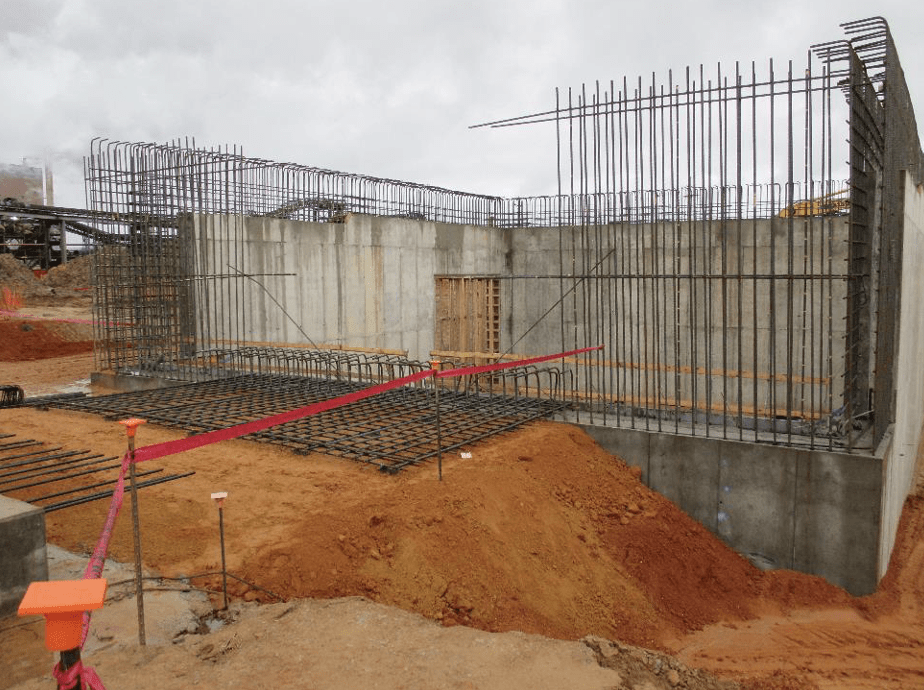Geotechnical Geologist Providers for Accurate Soil and Rock Evaluation
Geotechnical Geologist Providers for Accurate Soil and Rock Evaluation
Blog Article
Exactly How Consulting Engineers Enhance Geotechnical Engineering Projects: Insights Into Their Knowledge, Approaches, and Collaborative Approaches
Consulting engineers are crucial in improving geotechnical design projects, applying their specialized knowledge to navigate the intricacies of subsurface problems. Their collective approaches foster interaction amongst varied project stakeholders, eventually forming the project's trajectory.
Function of Consulting Engineers
The proficiency of consulting engineers in geotechnical design is essential to the effective execution of building tasks. These specialists play a crucial duty in analyzing dirt and rock homes, which are important variables influencing layout and construction choices. By carrying out detailed website investigations, consulting designers accumulate vital data that educates the design procedure, ensuring jobs are improved secure and appropriate ground.
Consulting engineers additionally supply very useful insights right into risk management (geotechnical geologist). They identify prospective geotechnical threats, such as landslides, soil liquefaction, and negotiation problems, making it possible for stakeholders to execute effective reduction approaches. Their know-how help in enhancing structure styles, which can bring about considerable price savings and boosted security
Moreover, getting in touch with designers work as an essential link between task proprietors, designers, and specialists. Their capacity to translate intricate geotechnical data right into workable suggestions promotes partnership and assists in notified decision-making throughout the job lifecycle. This multidisciplinary strategy not just boosts task performance yet additionally ensures compliance with regulative criteria and finest practices.
Key Methods in Geotechnical Engineering

One main method is website examination, which involves performing area examinations and lab analyses to collect information on subsurface problems. Strategies such as Criterion Infiltration Testing (SPT) and Cone Infiltration Screening (CPT) are widely made use of to assess soil stratigraphy and toughness. Furthermore, geophysical techniques, consisting of seismic and electric resistivity studies, supply non-invasive means to evaluate subsurface attributes.
One more crucial method is numerical modeling, which enables designers to imitate various circumstances and predict exactly how soil-structure communications will behave under different loading conditions. Finite Component Evaluation (FEA) is a typical strategy employed in this context.
Moreover, the layout of structures, preserving frameworks, and earthworks depends greatly on these methodologies - geotechnical geologist. By integrating innovative logical tools with field information, consulting engineers can establish customized remedies that resolve certain task difficulties, inevitably contributing to the stability and safety of building jobs
Value of Soil Evaluation
Dirt analysis acts as a foundational component in geotechnical engineering, giving crucial insights right into the physical and chemical buildings of dirt essential for reliable building and construction preparation. Comprehending soil characteristics is vital for determining its load-bearing capacity, drainage actions, and capacity for negotiation or instability. Comprehensive dirt investigations, including sampling and lab screening, aid recognize criteria such as soil type, wetness content, density, and shear stamina.
These evaluations notify the selection of appropriate building and construction methods and products, eventually affecting task safety and durability. Natural soils may require different foundation designs contrasted to granular dirts, necessitating customized engineering solutions. Soil analysis help in recognizing impurities that could position dangers to human health and wellness or the setting, permitting for the growth of mitigation approaches.
Including soil evaluation into the beginning of task growth assists to decrease unanticipated difficulties, ensuring that designers can expect and address potential concerns before they escalate. By developing a thorough understanding of the website problems, speaking with designers can maximize style efficiency and reduce prices, thus boosting the general success of geotechnical design tasks.
Joint Approaches in Tasks
Effective geotechnical jobs frequently pivot on joint methods that unite diverse competence from numerous disciplines. Efficient collaboration among speaking with engineers, geologists, environmental researchers, and construction professionals is critical for attending to complex obstacles and maximizing job outcomes. By leveraging the distinct skills and knowledge of each click to read staff member, projects can gain from a holistic understanding of the website problems, governing needs, and design restrictions.
Routine interaction and interdisciplinary conferences assist in the sharing of insights and cultivate a society of teamwork. These collective initiatives enable the recognition of prospective risks early in the project lifecycle, allowing for timely reduction approaches. Incorporating responses from stakeholders, consisting of neighborhood areas and regulative agencies, makes certain that all point of views are considered, boosting task acceptance and compliance.
In addition, the integration of sophisticated innovations, such as Geographic Details Systems (GIS) and Building Info Modeling (BIM), more enhances partnership. These tools permit the real-time sharing of data and visualization of geotechnical conditions, advertising informed decision-making. Ultimately, a collaborative approach not only streamlines job implementation yet additionally lays the like this structure for innovative remedies to complex geotechnical engineering obstacles.
Effect On Task Results

Consulting designers use advanced techniques such as threat assessment and predictive modeling, which improve the accuracy of project forecasts. Their capability to incorporate cutting-edge innovations, like geotechnical instrumentation and information analytics, further improves the style and building and construction processes. Because of this, projects experience enhanced efficiency, lowered costs, and decreased delays.
In addition, cultivating effective communication and cooperation amongst group participants enhances analytic abilities. When challenges emerge, a joined front enables quick identification of solutions, stopping potential problems. Ultimately, the joint initiatives of getting in touch with designers add to greater high quality results, ensuring that jobs satisfy both governing criteria and client assumptions.
Verdict

Report this page